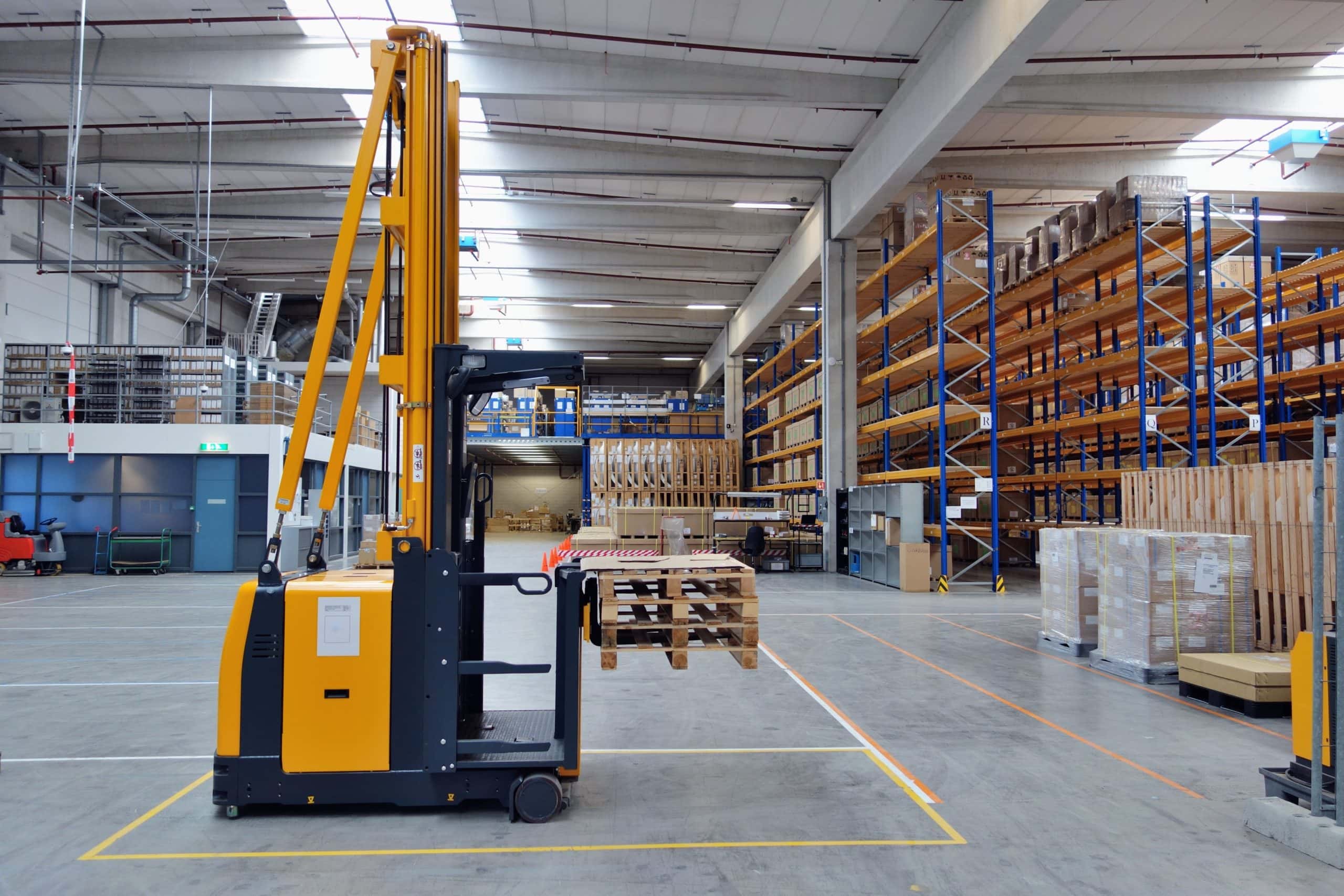

Image Source: Google
Efficiency is a crucial aspect in the transportation industry, as it directly impacts the speed and cost of goods movement. One of the most effective strategies to maximize efficiency in transportation is the implementation of cross docking practices. Cross docking is a logistics strategy where incoming goods are unloaded from inbound vehicles and loaded directly onto outbound vehicles with minimal or no storage in between. This streamlined process eliminates the need for warehousing and significantly reduces handling and storage costs.
There are several key steps to successfully implementing cross docking practices in transportation. The first step is to analyze your current transportation operations and identify areas where cross docking can be effectively implemented. This could include identifying high-volume products that have consistent demand, as well as evaluating the transportation routes and schedules to determine where cross docking can be integrated seamlessly.
Once you have identified the potential areas for cross docking, the next step is to establish a dedicated cross docking facility. This facility should be strategically located to minimize transportation time and costs, and should be equipped with the necessary infrastructure and technology to efficiently process incoming and outgoing goods. Additionally, it is important to train your staff on cross docking procedures to ensure smooth operations and minimize errors.
Another important aspect of implementing cross docking practices is to establish strong relationships with your suppliers and carriers. Communication and coordination are key to successful cross docking, so it is essential to work closely with your partners to ensure that goods are delivered on time and in the right quantities. Collaborating with your suppliers and carriers can also help you optimize transportation routes and schedules, further enhancing the efficiency of your cross docking operations.
One of the main benefits of implementing cross docking practices in transportation is the significant reduction in inventory holding costs. By bypassing the need for warehousing and minimizing storage time, companies can reduce overhead costs associated with inventory management. This can lead to cost savings that can be passed on to customers or reinvested into other areas of the business.
In addition to cost savings, cross docking can also improve transportation speed and reliability. By eliminating unnecessary handling and storage, goods can be moved more quickly and efficiently through the supply chain. This can help companies meet tight delivery deadlines and respond quickly to changing customer demands, ultimately improving customer satisfaction and loyalty.
Overall, implementing cross docking practices in transportation can help companies maximize efficiency, reduce costs, and improve overall supply chain performance. By carefully analyzing your current operations, establishing dedicated facilities, fostering strong partnerships, leveraging technology, and focusing on inventory management, you can successfully integrate cross docking into your transportation strategy and reap the benefits of a more streamlined and agile supply chain.